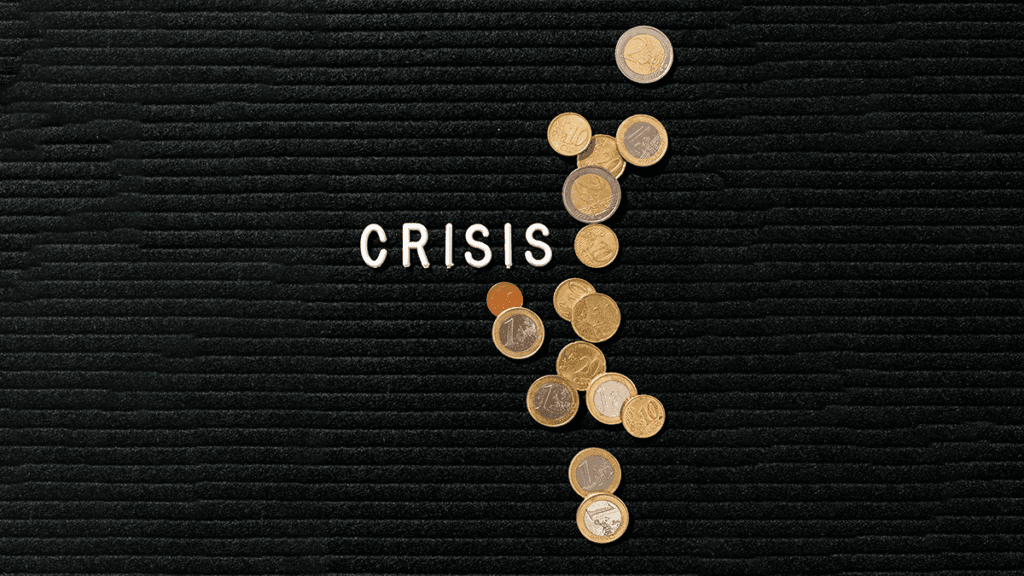As conduct risk management programmes reach maturity, many banks, capital markets and insurance firms are now facing the challenge of “embedding” conduct in the business-with the goal of making a lasting impact on the business.
Most financial services firms are not ready to close down their conduct programme altogether. Work continues apace on improving conduct risk indicators; understanding the impact of digital; and engaging on cultural change, for example. However, many tactical initiatives are now ready to be handed over to the business. For example, banks, capital markets and insurance firms that developed tools to manage conflicts of interest are now focused to make sure these tools are being used regularly by the business.
There are notable steps designed for embedding better conduct which are based on two broad strategies: One, focused on aligning the programme activities with business owners, which shall be covered in the initial narratives, and the other on changing the business model and customer engagement.
Aligning the programme activities with business owners
Step 1: Exit criteria and testing
To start, banks and financial services firms should know to what extent their change management initiatives have helped to mitigate risk. One suitable approach is to conduct scenario testing.
- Financial firms can run simulations against past misconduct For example, would current controls prevent mis-selling of investment products? How well would the firms detect collusion in commodities markets?
- Testing can also focus on future conduct risks, rather than precedents. For example, how well equipped are banks and their financial services peers to prevent digital conduct risks, or insider trading, bad advice or consider the needs of customer who own products which are held a long time before vesting?
Step 2: Transferring responsibility to the business
The front office is the first line of defence and should own its conduct.
- Giving new conduct controls to specific owners from the business, and obtaining sign-offs from the business on the new ways of working, are two key steps in transferring
- Banks and financial services firms should also consider how the conduct programme will impact senior managers, given the new personal accountability Do senior managers really understand what the financial firm’s key Conduct Risks are, and how they are being managed? Does this feature in their “Statements of Responsibility” or Codes of Conduct?
Step 3:Transferring responsibility to compliance
Although many conduct programmes are executed or driven by compliance, their impact on day-to-day compliance processes are not always straightforward. For example, how will the compliance function know whether the aforementioned conflicts of interest tool is still being used in, say, 2018?
- Compliance functions should perform a ‘reality check’ over time to allow controls to be properly used. Monitoring and testing are key compliance activities. The schedule should include testing the key conduct-related controls.
- Assurance through audit or monitoring functions is also an approach adopted by some clients.
- On-going conduct maturity assessments.
Step 4 Right-sizing global conduct
For most banks and financial services firms it has proved nearly impossible to implement a conduct approach that is perfectly consistent across the globe. Local nuance matters.
- For example, one approach is to agree that some basic compliance behaviours (such as completing training on time) are good indicators of the wider behaviour of financial services It is these basic compliance indicators that can be benchmarked globally for consistency and used as an indicator of the culture and level of risky behaviour. This should avoid the challenge of trying to assess more detailed metrics such as the length of sales call, which might not be directly comparable on a global basis, and there may be questions if call length relates to good conduct outcomes in a given geography.
- Other, more advanced banks and financial services firms assign local in-country champions; take great care to translate concepts into local languages adequately; and then perform varying degrees of assurance to assess consistency with global values and standards.
Step 5 Programme overload
Many banks and financial services firms operate simultaneous programmes covering conduct risk, culture change, ethics,
compliance transformation and similar topics. As well, most are implementing related regulations such as Markets in Financial Instruments Directive (MiFID) II, the Market Abuse Regulation (MAR), Packaged Retail and Insurance-Based Investment Products (PRIIPs), and so on. Managing dependencies across regulatory and growth initiatives is an important part of embedding good conduct in the business. It can help avoid an unintentional reversal of the conduct implementation by other programmes in the future.
In addition to these steps, banks, capital markets and insurance firms should re-assess their product set, customer data, testing and back-book of existing customers if they are to successfully embed conduct.
Changing the business model and customer engagement
Embedding good conduct is not only about achieving better compliance control. At its core, good conduct improves what customers get from the bank. This means that the most mature banks are changing the business itself.
Earlier, we focused on embedding better conduct by aligning the programme activities with business owners which were covered in the first five steps that banks, capital markets and insurance firms should take to transition from the change management phase to ‘business as usual.’ Furthermore, we shall be looking at the second strategy for embedding good culture, and consider how financial services firms can continue to change their core business strategy to support better customer outcomes.
Step 6 Specialist products
Many banks in the United Kingdom have leveraged digital capabilities with products that satisfy customers in very particular situations.
- One bank provides payment holidays to cancer patients.
- Another has a bereavement product, and digital conduct specialist.
- Many high street banks send customers an SMS (Short Message Service) message to warn that they are overdrawn and may soon incur a penalty charge
- Some banks are also experimenting with new reporting lines—customer experience employees having a second reporting line into conduct compliance.
Step 7 Single view of the customer
Understanding customers through a single, unfragmented lens is vital to delivering the right outcomes. Banks and financial services firms are using analytics and mobile services to help improve outcomes in a variety of ways.
- Promoting verifiably ‘suitable’ products via mobile devices.
- Supporting better financial planning for customers via big data analytics.
Step 8 Re-focus on existing customers
Many current changes to product design, sales processes and customer feedback should impact future transactions and clients. Yet the United Kingdom’s Financial Conduct Authority highlighted in its 2016- 17 Business Plan that ‘Treatment of Existing Customers’ will be one of its priorities. To embed good conduct, banks should look at their ‘back-book’ of existing customers.
- Identifying whether existing customers hold suitable products.
- Communicating product alternative.
- Encouraging customers to ‘own’ the data the bank holds on them, by providing financial management tools that encourage customers to update their own data.
These narratives show that there are plenty of items for financial services firms to consider to effectively embed a Conduct Risk programme in the business to deliver good outcomes. Transition to ‘business as usual’ is a critical stage of the programme and could ‘make or break’ the conduct programme. Careful consideration and planning is encouraged to properly execute this transition.









